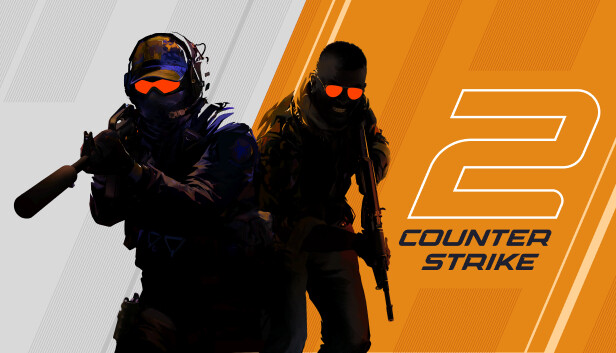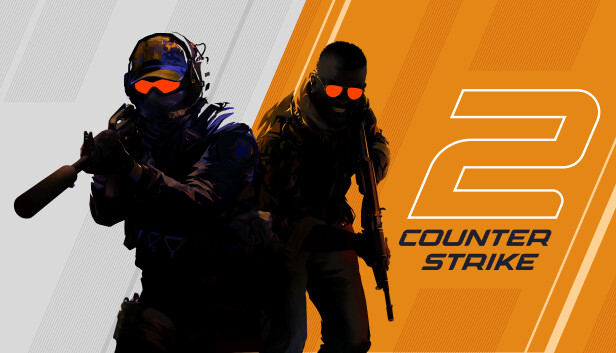
Overview
Counter-Strike Global Offensive 2, a massively popular shooter, once boasted over 1.52 million concurrent players. Its popularity, however, has made it a magnet for cheaters. Success in the game can lead to places on esports teams and substantial cash prizes, prompting many to seek any advantage possible.
Valve’s New Anti-Cheat Measures
In response, Valve has introduced a novel fix, resulting in cheaters dying on screen as they attempt to cheat. This significant development aims to enhance the game’s appeal to honest players. But how severe is the cheating problem in esports, specifically in Counter-Strike 2, and what impact will Valve’s fix have?
Cheating in Esports
Cheating in esports mirrors traditional sports, with various forms such as hacking, exploiting bugs, match-fixing, and using performance-enhancing drugs. In first-person shooters like Counter-Strike 2, common cheats include aimbots and wallhacks, which unfairly improve a player’s abilities. Match-fixing involves players intentionally losing or manipulating match outcomes for financial gain, often linked to esports betting.
To combat cheating, esports organizations and game developers deploy anti-cheat software, enforce strict rules, and impose penalties on offenders. However, the rapid evolution of technology continuously introduces new cheating methods, requiring ongoing vigilance and adaptation. Preserving the integrity of esports competitions is crucial for the industry’s growth, as cheating scandals can tarnish the reputations of players and the broader esports ecosystem.
Specifics of Cheating in Counter-Strike 2
Counter-Strike 2 is a highly lucrative esport, with prize pools like the $1.25 million at the 2024 Major Tournament. This high-stakes environment drives some players to cheat. Cheating in Counter-Strike 2 can take various forms, including external cheats that inject code into the game’s process, such as wallhacks and aimbots. These cheats are often difficult to detect as they do not modify game files directly.
Cheaters frequently use disposable Steam accounts to evade bans, creating new accounts when one is banned. Skilled players might also use secondary accounts, known as smurfs, to play against less skilled opponents, disrupting fair matchmaking. Additionally, some cheats are designed to evade detection by anti-cheat systems like Valve’s VAC (Valve Anti-Cheat) system, although VAC bans are not always accurate, as seen when Valve reversed bans linked to AMD’s Anti-Lag+ feature.
Cheating can also occur in LAN (Local Area Network) events through devices like cheat-enabled USB sticks or by exploiting vulnerabilities in tournament setups.
The Scale of the Problem
Cheating in Counter-Strike 2 has driven some prominent players away. For instance, Anomaly, a YouTube content creator with over 3 million subscribers, has stopped playing due to the game’s current state. Similarly, WarOwl, another long-time player with almost 1.5 million subscribers, has quit until the cheating issue is resolved. Such departures harm the game’s reputation and business prospects.
Valve’s Actions
Valve has recently implemented a new wave of bans targeting cheats like rapid fire and ‘no spread’ hacks, resulting in amusing instances of cheaters dying mid-game. This recent crackdown, particularly around the weekend of April 27, reportedly led to more bans than any other time in the past five years.
In addition, Valve plans to introduce a new anti-cheat measure called Overwatch (unrelated to the game of the same name), where trusted players will review game footage to identify cheats and issue punishments and bans accordingly.
Conclusion
The global esports market, valued at approximately $1.64 billion, heavily features first-person shooters like Counter-Strike 2. Persistent cheating threatens to diminish Counter-Strike 2’s prominence. Valve’s recent actions suggest a recognition of this threat, and their swift response may be crucial in preserving the game’s integrity and popularity.
